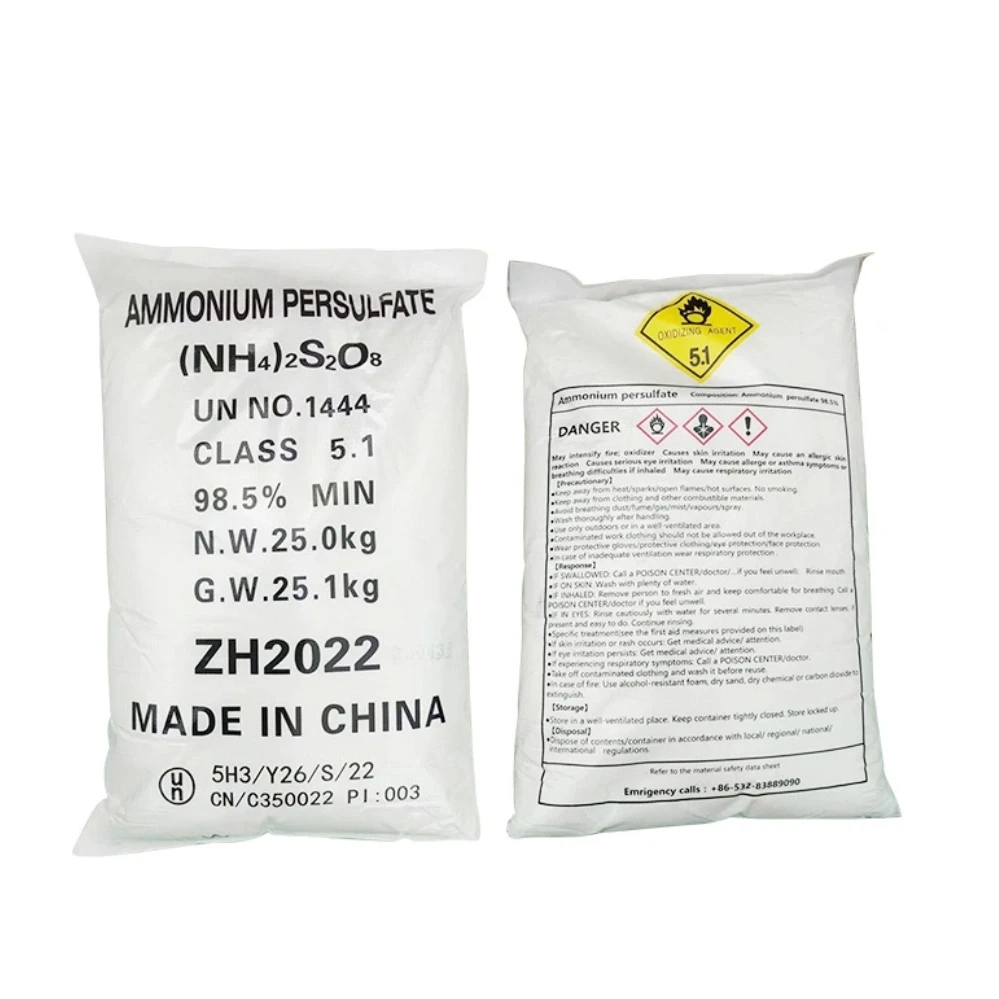



Exploring the World of Paints and Chemicals in Creative Applications
The Role of Paint and Chemicals in Modern Industries
Paint and chemical industries have long worked in tandem to create an array of products that enhance aesthetics, protect surfaces, and promote sustainability. The role of paint is not limited to mere decoration but extends into various sectors, including construction, automotive, and consumer goods, influencing both functionality and appearance.
Historical Context
The history of paint dates back thousands of years. Ancient civilizations utilized natural pigments derived from minerals, plants, and animal sources. As society advanced, so did the formulations of paint. The industrial revolution marked a significant turning point, as the invention of synthetic dyes and chemicals expanded the palette available to artists and builders alike. Today, the paint industry is a multi-billion dollar global market characterized by innovation and a focus on sustainable practices.
Components of Paint
Paint is primarily composed of four main components pigments, binders, solvents, and additives. Pigments provide color and opacity; binders hold the pigments together and ensure adhesion to surfaces; solvents adjust the viscosity and facilitate application; and additives improve properties such as drying time, durability, and mildew resistance.
The Impact of Chemicals
Chemicals play a crucial role in the paint formulation process. They not only affect the performance characteristics of the paint but also influence environmental safety. For instance, traditional paints often contained volatile organic compounds (VOCs) that could lead to air pollution and health issues. However, the increasing awareness of these hazards has spurred the development of low-VOC and zero-VOC alternatives, making paints safer for both consumers and the environment.
Innovations in Paint Technology
Recent advancements in chemical engineering have brought forth innovative solutions in the paint industry. Nanotechnology has introduced paints that are more resistant to scratches, corrosion, and stains. Hydrophobic and self-cleaning coatings have been developed to repel water and grime, maintaining the aesthetic appeal of surfaces without the need for constant maintenance. Furthermore, biobased paints made from renewable resources are gaining traction, aligning with global sustainability efforts.
paint and chemical

Environmental Considerations
As environmental concerns grow, the paint industry is under increasing pressure to adopt greener practices. The use of eco-friendly materials is not just a trend but a necessity. Manufacturers are investing in research to reduce harmful emissions and waste produced during the manufacturing process. The shift towards sustainability is not only beneficial for the planet but also appeals to consumers who are becoming more conscious of their choices.
Applications Across Industries
The versatility of paint transcends aesthetics and enters the realm of functionality. In the construction industry, paints act as protective coatings that can enhance the durability and lifespan of buildings. In the automotive sector, advanced paints improve vehicle performance by providing weather resistance, UV protection, and fuel efficiency. Moreover, consumer goods incorporate specialized finishes that enhance user experience, such as non-stick surface coatings in cookware.
The Future of Paint and Chemical Industries
Looking ahead, the paint and chemical industries are poised for significant transformations. The continuous integration of smart technologies into paint formulations is set to revolutionize applications. Smart paints that can change colors in response to temperature or light conditions are already in development, offering exciting possibilities for architecture and design.
Moreover, the push towards circular economies will likely reshape production processes. Manufacturers are exploring ways to reclaim and recycle paint materials, minimizing waste and promoting resource efficiency. This aligns with global efforts to reduce the carbon footprint of industries, ensuring a sustainable future for paint production and application.
Conclusion
The paint and chemical industries are integral to our daily lives, influencing not only the aesthetics of our surroundings but also the safety and sustainability of the materials we use. As technological advancements and environmental awareness drive change, the future of these industries looks to be not only innovative but also more responsible. Embracing these changes will ensure that the world of paint continues to thrive, delivering solutions that meet both the needs of consumers and the demands of our planet.
-
Why Sodium Persulfate Is Everywhere NowNewsJul.07,2025
-
Why Polyacrylamide Is in High DemandNewsJul.07,2025
-
Understanding Paint Chemicals and Their ApplicationsNewsJul.07,2025
-
Smart Use Of Mining ChemicalsNewsJul.07,2025
-
Practical Uses of Potassium MonopersulfateNewsJul.07,2025
-
Agrochemicals In Real FarmingNewsJul.07,2025
-
Sodium Chlorite Hot UsesNewsJul.01,2025










